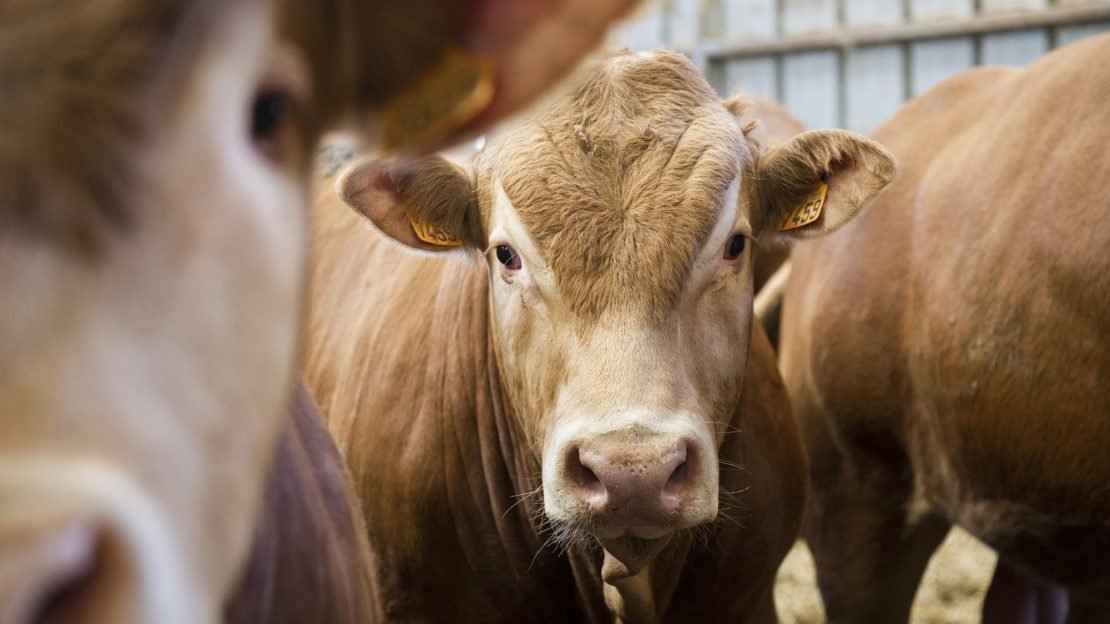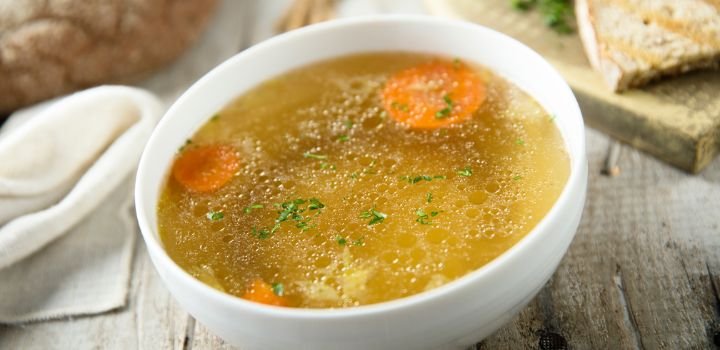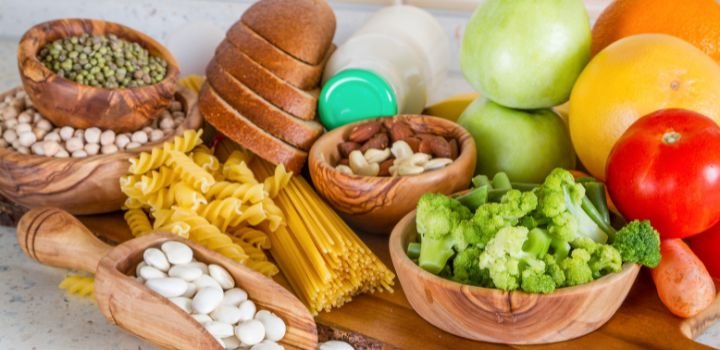Selenium yeast is one of the trace element-rich yeasts, and it is one of the two sources of selenium available for ruminants. The basis for the various functions of selenium in ruminants is its antioxidant capacity.
Organic selenium can be produced by adding appropriate amounts of inorganic selenium to the yeast fermentation process. The organic selenium in selenium yeast includes selenides such as selenomethionine, selenocysteine, methyl selenate (CH3SeH), and selenoprotein. Among them, selenomethionine accounts for the highest percentage, followed by selenocysteine. The structures of these 2 selenide amino acids are identical to those of methionine and cysteine, except that the sulfur atom is replaced by selenium.
Selenium composition
Currently, sodium selenite is widely used as a source of selenium in ruminant feed. Not only is it highly toxic and difficult to control the dosage, but also has low bioavailability and can pollute the environment. As organic selenium, selenium yeast not only has lower toxicity and higher bioavailability, but also has certain functions, including alleviating heat stress, reducing somatic cell count, and improving fertility and immunity, all related to the antioxidant properties of selenium yeast.
What is the antioxidant capacity of selenium yeast?
Hiyeast has conducted validation tests on the antioxidant properties of selenium yeast compared to inorganic selenium. The antioxidant capacity of selenium yeast in dairy cows is shown below.
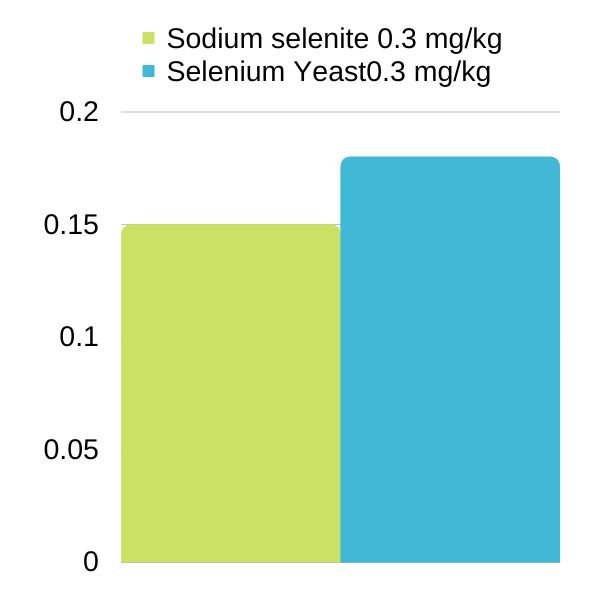
Figure 2 shows that the whole blood selenium content of selenium yeast is 20% higher than sodium selenate (P<0.05). This indicates that cows can absorb high levels of selenium yeast with higher utilization than sodium selenate. As an organic selenium source, selenium yeast is not easily influenced by rumen microorganisms in the rumen and is directly digested and absorbed into the rumen in the form of selenomethionine, so its bioavailability is significantly higher than that of sodium selenite.
The serum glutathione peroxidase (GSH-Px) and total antioxidant capacity (T-AOC) levels of cows in the Selenium yeast group were significantly higher than those of the control group (P<0.01). Superoxide dismutase (sod) increased by 15.31% (p><0.05) and malondialdehyde (mda) decreased by 25.87% (p><0.05) compared to the control group, indicating that selenium yeast can effectively reduce lipid peroxidation of unsaturated fatty acids. >Figure 3).

How does selenium yeast work as an antioxidant?
There are 2 types of antioxidant defense systems: enzymatic and non-enzymatic. Many enzymes in the enzyme system have trace elements as their active centers, such as GSH-Px, SOD, catalase (CAT), etc.. In contrast, the non-enzyme system includes vitamin E, C, beta-carotene, etc.
Selenium is involved in the synthesis of GSH-Px, promotes the conversion of hydrogen peroxide or lipid peroxide into water and alcohols, prevents the peroxidation of lipid compounds, protects the cell membrane from oxidation, and maintains the normal structure and function of the cell. Therefore, the activity of GSH-Px is commonly used as an indicator of selenium in vivo. The above experimental data suggest that selenium yeast can increase the biological activity of GSH-Px and SOD, thus acting as an antioxidant.
Animals generate oxygen radicals through enzymatic and non-enzymatic systems, which attack unsaturated fatty acids in biological cell membranes and cause lipid peroxidation, such as aldehyde groups (malondialdehyde), ketone groups, hydroxyl groups, etc. Therefore, the malondialdehyde can reflect the degree of lipid peroxidation in vivo and indirectly the degree of cell damage. The above experimental data show that selenium yeast can reduce the content of malondialdehyde, indicating that selenium yeast can effectively reduce lipid peroxidation of unsaturated fatty acids.
The antioxidant function of selenium yeast
Improves immunity
GSH-Px has been found to be biologically active only when the whole blood selenium concentration reaches 60-150 ng/ml. The above experimental data showed that the addition of selenium yeast resulted in a whole blood selenium concentration of 0.18-0.21 mg/L (180-210 ng/ml), which was sufficient for GSH-Px to be biologically active.
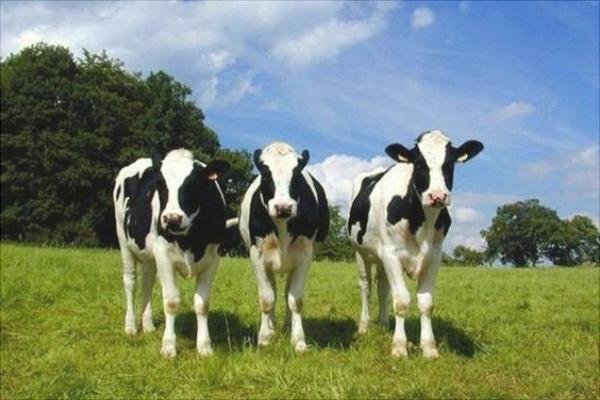
Puls (1989) reported that GSH-Px activity was best and immune function was best when blood selenium was 160-1200 ng/ml. The increased immunity was followed by a decrease in mastitis and the number of somatic cells in milk. Selenium yeast reduced milk somatic cells by 30-50%.
To reduce the incidence of mastitis in dairy cows, the whole blood selenium concentration should be higher than 0.18 μg/ml. the above experimental data showed that the selenium concentration in whole blood was only 0.18 μg/ml with the addition of selenium yeast.
In addition, with the addition of selenium yeast, the transformation ability of bovine lymphocytes was enhanced, the percentage of T lymphocytes increased, and the content of IgM, IgG, and IgA in the blood increased. This is one of the mechanisms by which selenium yeast improves the immunity of cows.
Anti-heat stress

Summer heat stress causes more blood to flow to the body surface for skin cooling and significantly less blood to flow through the intestine. When intestinal cells lack a blood supply of oxygen and energy, they produce large amounts of reactive oxygen species (ROS). On the one hand, reactive oxygen species (ROS) damage intestinal cell membranes, destroy cell structure and function, and affect the absorption and utilization of nutrients; on the other hand, it disrupts hormone metabolism and affects body metabolism. Selenium, as a component of the glutathione peroxidase activity center, can participate in the antioxidant system of the body, and the antioxidant activity of selenium yeast is better than inorganic selenium.
Improves reproductive performance
For bulls, selenium, as a component of GSH-Px, has antioxidant effects, thus protecting sperm cell membranes from damage, enhancing sperm viability, and improving fertilization and embryonic development; for cows, selenium supplementation can prevent abortion, reduce embryonic death, and reduce symptoms such as fetal membrane retention. In addition, the antioxidant ability of selenium yeast also helps embryo development and improves reproductive performance.
Improves meat quality
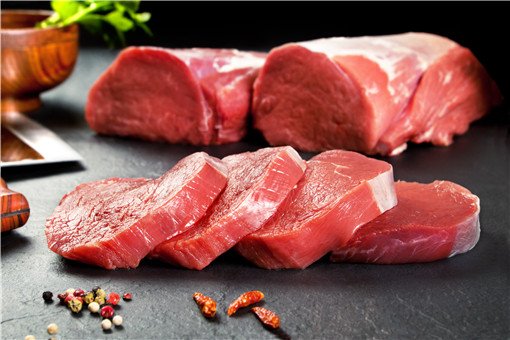
Supplementation with selenium improves meat quality because selenium is a component of glutathione peroxidase (GSH-Px). Glutathione peroxidase prevents oxidative damage in beef by alleviating the toxicity caused by hydrogen peroxide and lipid hydrogen peroxide. In reducing drip loss in beef, selenium yeast can reduce drip loss by maintaining the integrity of beef cell membranes, thus improving the beef water system.
The basis for the various functions of selenium in ruminants is its antioxidant capacity. The antioxidant activity of selenium yeast is stronger than inorganic selenium and can have these effects on ruminants. The addition of 0.3 ppm organic selenium to the diet can meet the needs of ruminants for enhanced immunity, resistance to heat stress, reproductive performance, and improved meat quality. In addition, the high bioavailability of selenium in yeast can reduce selenium emission in the environment.

